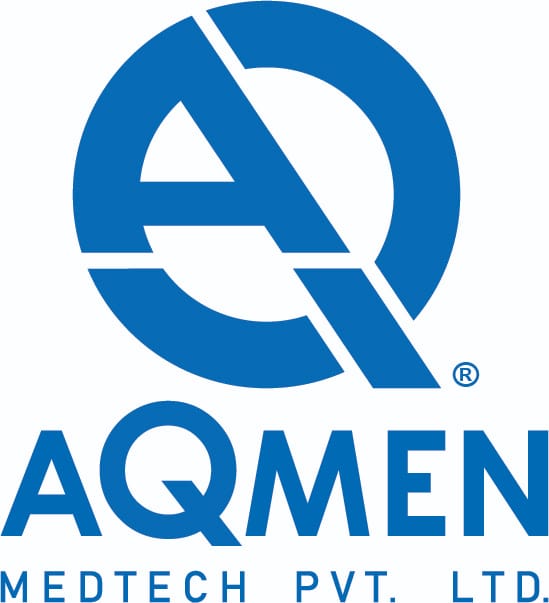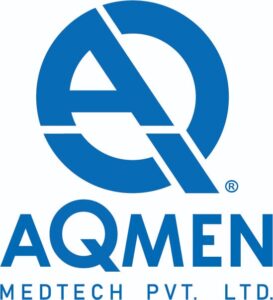Impact of Compression Therapy for Wound Healing
Applying specially made socks or stockings, compression therapy is a nonsurgical
procedure that encourages normal blood flow.
WHAT IS COMPRESSION THERAPY?
Applying specially made socks or stockings, compression therapy is a nonsurgical procedure that encourages normal blood flow. Users putting on their socks every morning and don’t take them off again until they ready to go to bed at night in order to get the best results from compression therapy. The stockings keep blood from collecting in your veins during the day. This enhances lower body circulation and reduces swelling in your legs, foot, and ankles.
What medical conditions is compression therapy used to treat?
- Leg injuries
- Leg surgery
- Excessive weight gain or obesity
- Prolonged periods of bed rest
- Blood clots
- Diabetes
The Benefits of Compression Therapy for Wound Healing
- Improved Venous Return: Compression therapy applies constant pressure to the lower limb, which enhances the leg muscles’ capacity to act as a “muscle pump” and improves venous return. This enables greater venous return to the heart, which aids in reducing swelling and pain.
- Improved Microcirculation: Venous hypertension, a symptom of chronic venous insufficiency, increases the ultrafiltration of capillary fluid into the interstitial fluid. Lymphatic drainage is improved and this fluid leaking is helped to stop via compression therapy. As a result, the wound site’s local blood flow and oxygenation are improved, promoting healing.
- Release of Vasoactive Mediators: The release of vasoactive anti-inflammatory mediators from endothelial cells is a key mechanism by which compression therapy promotes recovery. An improvement in wound healing has been associated with this impact. Compression therapy also contributes to reduced peripheral congestion and tissue remodelling, both of which are crucial for preventing ulcer recurrence.
- Treatment of compression therapy over the long term is associated with a reduced risk of tissue remodelling. Additionally, it facilitates the healing of ulcers.
- Release of Anti-Inflammatory Mediators: It has been suggested that compression therapy helps the endothelial cells release anti-inflammatory mediators. In turn, this speeds up the healing of wounds.
- Reduced Pain: Compression therapy has been associated with reduced pain and enhanced quality of life in venous ulcer patients.
Types of Compression Materials
Compression Stockings-Compression hosiery applies a graded pressure, with the ankle receiving the most and the proximal end of the lower leg receiving the least. Although it comes in five pressure gradients, the ideal pressure at the ankle for treating chronic venous insufficiency must be between 20-30mm Hg. Although compression hosiery comes in a variety of sizes and lengths, most patients just need knee-high hosiery. These can be uncomfortable if not worn with a wound dressing over the ulcer. Compression bandages-are available in both elastic and inelastic varieties. Compression garments made of inelastic material are firm and have a strong operating pressure. However, there is no resting pressure. After application, it stiffens and greatly boosts healing rates in comparison to the placebo. During walking and rest, elastic compression bandages can apply consistent pressure to the lower limbs.
Multi-Layer Compression Bandage: These bandages have four layers, including elastic, cohesive elastic, crepe bandage, and padding. They offer pressures that are within the desired range and are often well-tolerated by patients as compared to other bandages. Multi layered compression bandages also have the benefit of not requiring substantial prior expertise for application.
Intermittent Compression Therapy: During intermittent compression therapy, an ankle cylinder pump is used to apply external pressure. It periodically expands and contracts, simulating the effects of applying compression bandages repeatedly. Patients who are unable to tolerate sustained pressure can benefit from intermittent compression therapy. In patients with peripheral artery disease and heart failure, it should be avoided. Through enhanced fibrinolysis, it improves wound healing.
Complication
- Ischemia: If the compression bandage is applied too tightly, it can compromise the blood supplying the lower limbs and result in ischemia. Signs and symptoms suggestive of ischemia include paraesthesia, numbness, and discoloration of the toes. Patients are advised to seek urgent medical intervention in this scenario.
- Pressure ulcers: Pressure ulcers can develop from excessive pressure applied over the bony prominences. Therefore, additional padding to the bony points


